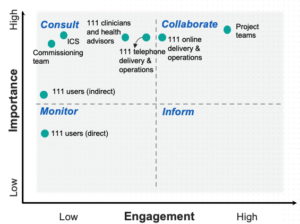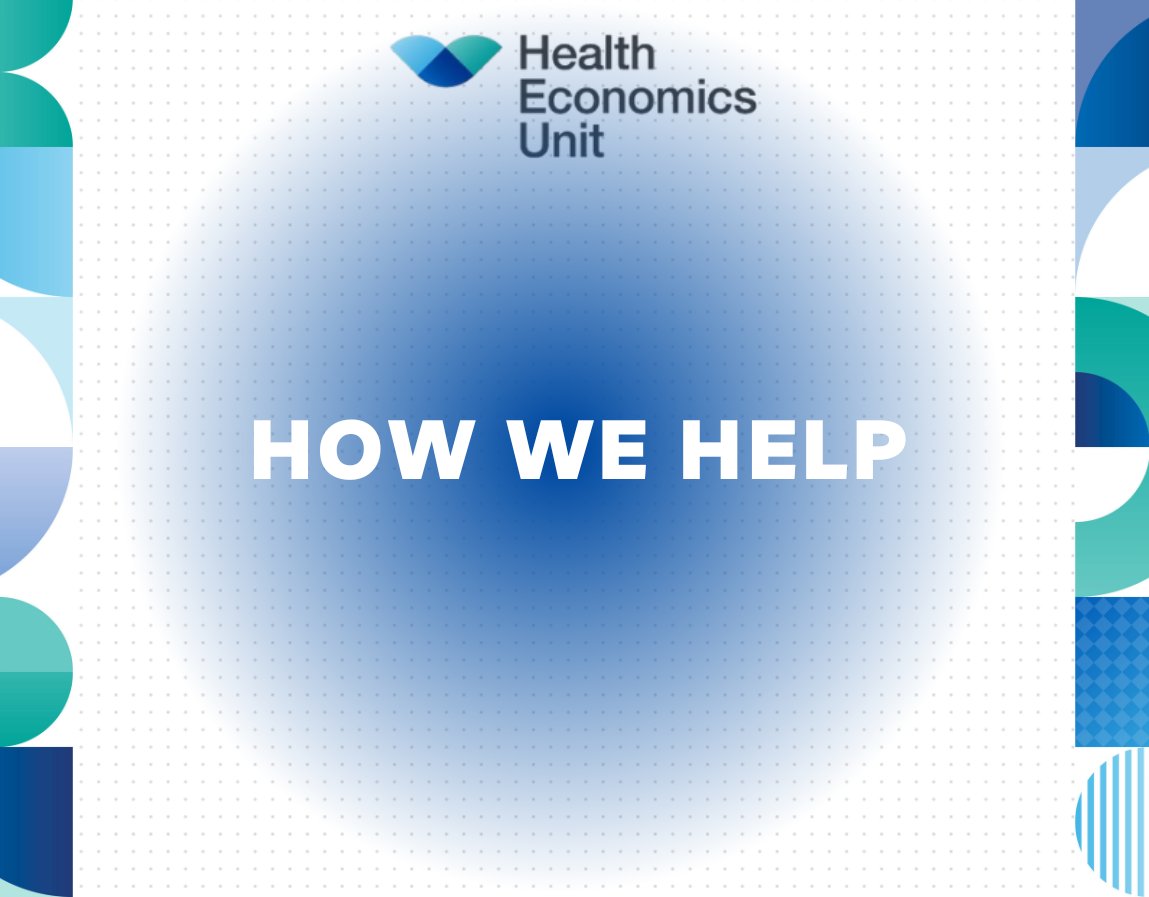NHS 111 is a telephone-based (111) and online (111.nhs.uk) service that provides quick and easy access to patients with urgent but non-emergency healthcare needs. Both telephony and online services are freely available 24/7 and provide advice, guidance, referral and booking services. The Health Economics Unit (HEU) was asked to examine existing evidence of the effectiveness and cost-effectiveness of NHS 111 and make recommendations for future research to better understand the potential costs and benefits of the service.
Understanding an evolving model
Over the years, NHS 111 has become a core part of integrated urgent care services, as well as the wider NHS landscape. Its models have also evolved over time, resulting in variations in the design, delivery, and commissioning of the services. For example, whereas 111 Telephony was launched in 2011, 111 Online was not available until 2017. In addition, referrals and redirections from NHS 111 to other services differs across England, depending on local provision and commissioning arrangements. Its evolution and variations make it challenging for policymakers and commissioners to assess the effectiveness of NHS 111, understand whether it offers value for money, and how it might be systematically improved.
The HEU, in collaboration with The Strategy Unit (SU), were commissioned by NHS England to generate evidence to tackle the above challenge. The main objectives were to:
- Create an evidence repository to identify and collate published and internal evidence on the effectiveness and cost-effectiveness of NHS 111 (both telephone and online) to inform improvement areas and future investment decisions.
- Identify gaps in the existing evidence base to inform future research areas.
- Develop an economic evaluation framework to assess the overall value for money offered by NHS 111 and compare the costs and benefits of its various service models.
Evidence generation integrated with engagement
To achieve the above objectives, the project was divided into three workstreams.
Workstream 1 – Evidence synthesis
The SU developed a search protocol that specified the appropriate study setting, inclusion and exclusion criteria, and methods of evidence appraisal. Using this, the SU identified evidence from published studies and NHS England internal documents, and conducted an evidence review according to the pre-specified protocol using the Rapid Evidence Assessments developed by the civil service, which balances rigour and timeliness, suitable for informing policy and strategy decisions.
Workstream 2 – User journey mapping and logic modelling
Identify and map stakeholders
The HEU held a stakeholder mapping session immediately after the project kick-off meeting to visually represent all the stakeholders of the NHSE 111 evaluation project by engagement and importance level. This allowed the HEU to decide when and how to interact with stakeholders at later stages of the project.

Map user journeys
The HEU team started with a rapid review of published and internal literature to gain a high-level overview of the structure of various NHS 111 service models, and then engaged eight stakeholder groups along the user journeys to gain a more in-depth understanding of the journeys.
Develop a logic model
To develop a logic model for NHS 111, the HEU hosted two logic modelling sessions involving the NHS England UEC policy team and key stakeholder groups along the 111 user journey, from entry, triage, disposition and direction to redirection.
Workstream 3 – Recommendations for economic modelling (economic evaluation or scenario-based model)
The HEU developed:
- A comprehensive economic evaluation framework that could be used to evaluate the costs and benefits of NHS111 in the future.
- A scenario-based modelling tool to inform service design decisions today.
The evaluation framework presented a social cost–benefit analysis (SCBA) approach as it can provide decision-makers with a clear understanding of the value for money offered by the service as it considers the full range of costs and benefits from a societal rather than a health care payer perspective – the latter being more commonly employed in health economic modelling.
The R Shiny tool, developed in collaboration with NHS 111 stakeholders, will allow users to analyse several metrics including service user outcomes, activity levels across online and telephony services, and associated costs, and examine the effects of changes in service design. Users can modify parameters, for example, relating to operational costs to the service, proportions of NHS 111 calls receiving different outcomes by destination, and numbers of monthly online enquiries started. In addition, analysts can expand upon the model as all code has been provided. The tool will be explored in a follow-up case study.
Building a comprehensive picture of the 111 service
Evidence repository and synthesis
The body of evidence identified by the SU varied by type and quality. To facilitate easy access to the evidence pool, the SU created an evidence repository, allowing users to filter studies by outcomes measured, setting, evidence type and quality. The SU and the HEU also produced a short report summarising the findings succinctly so key findings could be shared with stakeholders responsible for making decisions regarding the investment and improvement of NHS 111.
User journeys
The user journey maps provide an up-to-date generalised structure of NHS 111 service models. By illustrating how service components connect and interact with each other, they identify key areas where resources are required and consumed by the system as a whole and by component.
Below is a high-level diagram of NHS 111 user journey. The user journey has been simplified to achieve the following aims:
- Show the typical stages patients go through when using the 111 service: entry, triage, disposition and direction, and redirection.
- Fit various service models of 111 in the same picture, illustrating the potential overlap and interactions between 111 telephony and 111 online.
- Highlight stages where clinical resources are involved and referral redirections beyond final dispositions to help future economic modelling work.

Logic model
The logic model provides a structured framework that enabled the HEU to identify and define impacts and outcomes that as well as the inputs and activities that contribute to those outcomes. It also informed the economic evaluation framework by illustrating, at a high level, the direct impacts of NHS 111 services on service users, the NHS workforce, and wider urgent and emergency care services.

Valuable insights to inform services
This project has provided valuable insights and evidence to inform future improvement and investment decisions.
The user journey mapping and logic model provide a comprehensive understanding of the structure of NHS 111 and interactions within service models, identifying resource requirements and areas for improvement. The evidence synthesis and repository brings together a wide range of existing studies and reports, enabling easy access to the evidence and facilitating informed decision-making.
Whilst our findings contribute to a better understanding of how the service operates and its effectiveness, further evidence is needed to examine the cost-effectiveness of NHS 111, taking account of the broad range of costs and outcomes. Given more time and resources in the future, the HEU is recommending a social cost–benefit analysis (SCBA) approach as it enables a comprehensive approach to economic evaluation and is particularly relevant for valuing NHS 111 because it values not only resource use and health outcomes, but also includes wider factors and externalities such as patient preference and environmental factors. An SCBA can provide decision-makers with a clear understanding of the value for money offered by the service relative to others as it summarises costs and benefits in monetary terms.
Finally, the scenario modelling tool offers a useful solution for examining impact and identifying areas for enhancement. This model will contribute towards the continued development and optimisation of NHS 111, ensuring that it remains an effective component of integrated urgent and emergency care pathways across England.
